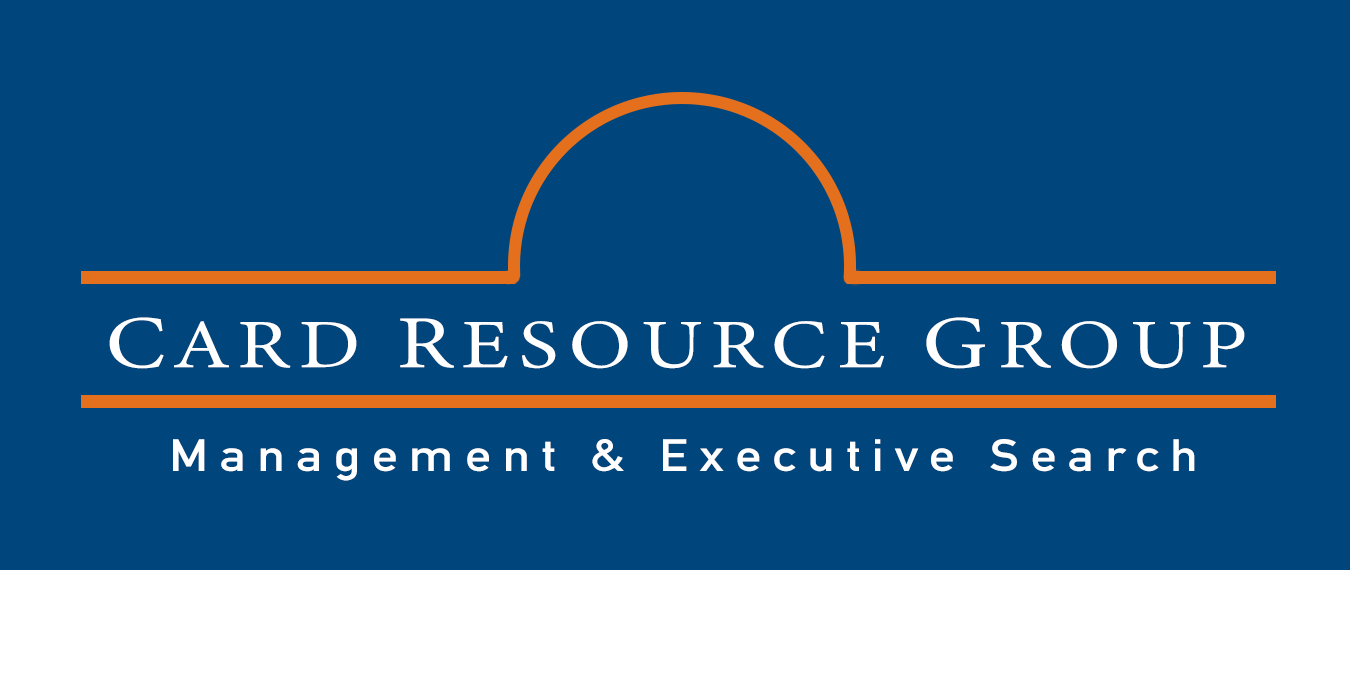Engaging an executive recruiter is a big decision for most hiring managers, and one that must be taken carefully. When you decide to “go to search” for a candidate, you are making a large financial commitment and putting yourself out on a professional limb. You’ll need to justify the cost to your superiors, and explain why you do not feel that the best candidate can be found through lower-cost options. If the search fails, you will be held responsible for that failure.
There are steps that you can take to greatly improve the likelihood of a successful search. First, choose the best recruiter for the job. Second, take as much time as you need to talk with the recruiter about the role. Third, set up a process that keeps things moving quickly towards the end goal – a successful hire.
Choosing the best recruiter:
Don’t simply give the search to the next recruiter who calls, or to the one with the lowest fees. Be sure to find a recruiter who truly understands your industry, who has a solid network of
contacts in the organizations you wish to draw from, and who has credibility with the people you are trying to attract. As in all professions, you’ll find highly accomplished recruiters as well as bottom feeders. It’s hard to tell the difference at first, since the bottom feeders will make the same claims as the experts. Engage the recruiter in a conversation: drop a few iconic names, or mention a company by its pre-merger identity. A recruiter who doesn’t know that industry icon, or has no idea who bought whom, isn’t an expert at all. Once you’ve satisfied this screening requirement, ask for a client reference, and make that call. You’ll be glad you did.
Talk with the recruiter:
This doesn’t mean simply sending a job description and income information. It means taking the time to explain the role, the reporting lines, the department, and the immediate and long-term goals. Be honest and forthright about the job, spelling out opportunities, challenges, and pitfalls. Let the recruiter know what candidates you’ve already considered for the role (by name), and why you didn’t hire them. Say what companies you’d like to draw from, and who your dream candidate would be. Chances are, the recruiter can engage that candidate and bring him or her to the table.
Set up a process:
The key to hiring a top performer is timing. Searches fail because the process drags on too long, and the best candidates are lured away. To manage this process better, good recruiters schedule a weekly call with the hiring manager and HR. Before starting the search, they define the process. How quickly will you respond to candidate referrals? How many telephone interviews? How many people will the candidate interview with when he/she comes in? How long will it take you to gather feedback and come to a decision? Once you’ve decided to make a hire, how long will it take to get the offer approved, finalize the background check, and review the references?
The final stage of the process (offer presentment, background checking, and acceptance) is the riskiest. Once the candidate has been told to expect an offer, it is critical that things go
smoothly and without delay. When the candidate accepts a verbal offer, that candidate mentally leaves his/her current job and joins your company. Any delays at this point will cause the candidate to doubt the wisdom of that decision, and make them especially vulnerable to counter-offers or other opportunities.
By sticking with the process that has been spelled out to the candidate, you are validating the candidate’s decision to join a reliable and solid company. You’ve presented your company in the best light and made it easier for the candidate to accept the offer.

